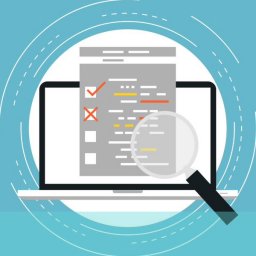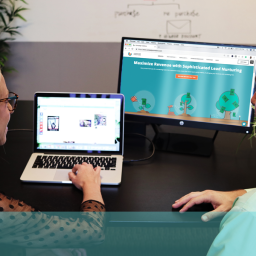
Can you usability test just one page?
Well, of course, you can user test anything you like providing you are prepared to pay for it – but the real question is would it be worth the expense and trouble for usability testing just one page? You might think the obvious answer to this is ‘no’ – but it is not quite so straightforward.
For example the homepage is the most important one on many websites. It is where most of your visitors will land; it is the take-off point and main navigation aid for many. It will often be the only page some of them see, so you have to make it impactful and work especially hard for you.
But the homepage is not the only important page; usability testing can focus on product listing pages, detail pages, checkout pages and so on. your own research and feedback might point to the most important areas of your site and where you need to concentrate your testing efforts to get the best payback.
There are several ways to approach this sort of task. Automated methods can provide fairly quick and rough results based on mouse movements, eye tracking and user click-throughs and general interactions with the page. This, however, will only provide you with information on the basic mechanics of the site; if you want more qualitative and probably more useful, actionable feedback you need to conduct interactive usability testing.
It is not always a good idea to be too directive in your testing. Prescribing what a participant has to do and guiding them straight to it can often mask other problems with your site in terms of accessibility, understanding and navigation ease. However if you are not interested in these other issues or are pretty sure you already have a handle on the shortcomings of your site in those respects you can, justifiably, be more direct in your test.
If you are usability testing a very specific function, a new page or a completely new layout of an existing page you will probably want the user to go straight to the page rather than waste time in them navigating the site to find it. (And there is always the chance they won’t get to it or go somewhere else!)
To get the maximum benefit from this sort of usability testing you need to make sure you have very clear objectives and a routine and question set that reflect and contribute directly to achieving that goal. If you are testing your home page, for example, decide what you want the home page to do for you, what it says about your business and its products and services, where it points users to and how it takes them there. You can test how effective it is in achieving these goals and exactly where it works and where it falls down. Similarly with other pages you might test singly; if you have a clear idea of what their function is and how you expect the user to interact with them you will have a better chance of determining how well they are performing and what, specifically, the problems are.
Carefully constructing a test that particularly focuses on the vital areas is the key to worthwhile, usable results.
If you are thinking about usability testing for single pages or aspects of your site, or just usability testing in general, contact us today on +44(0)800 0246 247, or email hello@ux247.com to discuss your needs and how we might help in framing and delivering a beneficial programme.

















